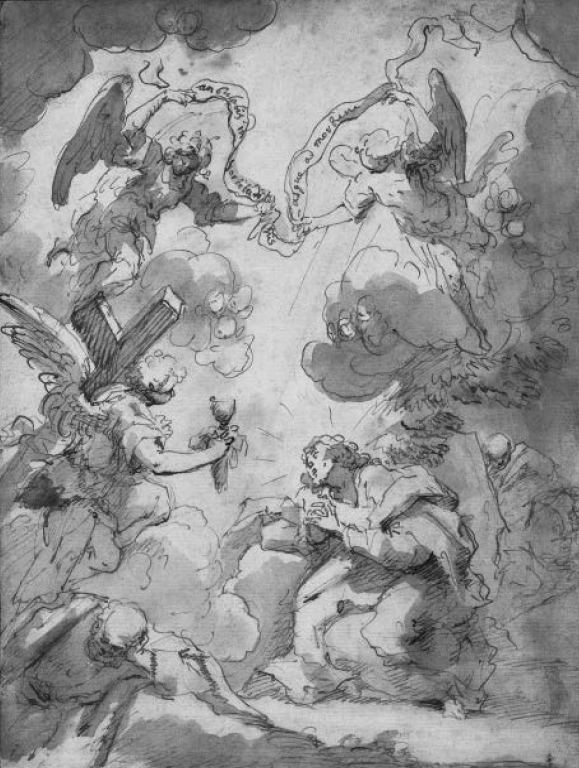Descrizione
Storia dell’arte n. 158 – Nuova Serie 2 | 2022
Non disponibile al download
Vita Segreto
Geronimo Gerardi tra Van Dick e Novelli: momenti del disegno e della pittura in Sicilia nella prima metà del Seicento
The rediscovery of Sicily as a luogo del disegno in Early Modern Europe, has a recent but very important history. In the space of a century, around 1520-1620, the constant arrival – from the Italian peninsula and Europe – of experimental graphic languages and modern design methods superseded the stereotypic forms of the 15th century graphic tradition and generated an autonomous Sicilian school of drawing. In these complex dynamics, a heuristic moment is represented by the coexistence in Palermo of two Antwerp painters who grew up in the studio of Peter Paul Rubens, Anthony Van Dyck, and Geronimo Gerardi, and the talented heir to the most modern Sicilian graphic trends, Pietro Novelli known as Il Monrealese. No reasoning aimed at understanding this period can ignore the impact of Van Dyck’s memorable graphic and pictorial inventions during his one-year stay in the capital city (Spring 1624 – Autumn 1625). Forced by the epidemic to share the artistic scene and to work together on Primo Festino in honour of Saint Rosalie (9th July 1625), Van Dyck, Gerardi and Novelli matured a partnership that, in a paradoxical way, transformed the drama of the plague into the prime mover of a radical renewal of Sicilian art. The authorial interweaving of drawings and paintings, known, little-known, unpublished or controversial, shows how Van Dyck’s artworks in Palermo have long remained milestones, objects of study and sources of inspiration for Gerardi and Novelli, helping to build on transnational foundations that dynamic school of drawing that would bring Sicily to the heart of the artistic debate in the 17th and 18th century Europe.
